You are currently viewing SemiWiki as a guest which gives you limited access to the site. To view blog comments and experience other SemiWiki features you must be a registered member. Registration is fast, simple, and absolutely free so please,
join our community today!
Big processors get all the love, it seems. It’s natural, since they are highly complex beasts and need a lot of care and feeding in the EDA and fab cycle. But the law of large numbers is starting to shift energy in the direction of optimizing microcontrollers.
I mulled the math in my head for a while. In a world with 7 billion people and … Read More
Now that the mobile market is keeping us all employed, take a close look at what is actually inside those devices we can’t live without. Before SoCs you could just read the codes on the chips. Now it is all Semiconductor IP so you have to do a little more diligence to find out what is really powering your phones and tablets. One thing you… Read More
One of the really big changes about chip design is the way over the last decade or so it is no longer possible to design an SoC, a package for it to go in and the board for the package using different sets of tools and methodologies and then finally bond out the chip and solder it onto the board. The three systems, Chip-Package-System have… Read More
Tomorrow night in Sunnyvale at the National Institute of Technology Alumni meeting, Ajoy Bose and Jim Hogan will talk about different aspects of SoC Realization. I’ve been saying for some time that design is changing and the block level is really where the action is. That is the right level to put together a virtual platform… Read More
I first met Brien Anderson on LinkedIn because we share common groups and interests, so I decided to interview him and discover how CAD tools enabled IC design at Synpatics, a company with capacitive sensing technology used in smart phones, tablets and touch screens.… Read More
It is important to note that the System On Chip (SoC) revolution that is currently driving mobile electronics has one very important enabling technology and that is Semiconductor Intellectual Property. Where would we be without the $6B+ commercial semiconductor IP market segment? Computers and phones would still be on our desks… Read More
A Brief History of SPICEby Daniel Payne on 08-10-2012 at 4:06 pmCategories: EDA
SPICE is an acronym for Simulation Program with Integrated Circuit Emphasis and represents a class of EDA software used by circuit designers at the transistor-level to predict the timing, frequency, voltage, current or power of an IC or interconnect before fabrication.
In 1971 there was a tool called CANCER (Computer Analysis… Read More
The Mobile Tsunami wave has yet to crest and the surfers strong enough to mount it are dwindling fast to the dismay of market watchers and experienced analysts. The distraction of these past few days is the courtroom drama being played out between the sumo wrestlers, Apple and Samsung, which in the end will not result in a cessation… Read More
There was a day, not too long ago, when a software developer could be intimate with a processor through understanding its register set. Before coding, developers would reach for a manual, digging through pages and pages of 1s and 0s with defined functions to find how to gain control over the processor and its capability. One bit set… Read More
From the very start I continually asked the GF guys what their value proposition is other than, “We are not TSMC”, which seems to be the easy way to foundry riches but clearly is not. In the early days of GF there was a lot of pride, pomp, and circumstance but that does not necessarily sell wafers. Today we are seeing a very different GF … Read More


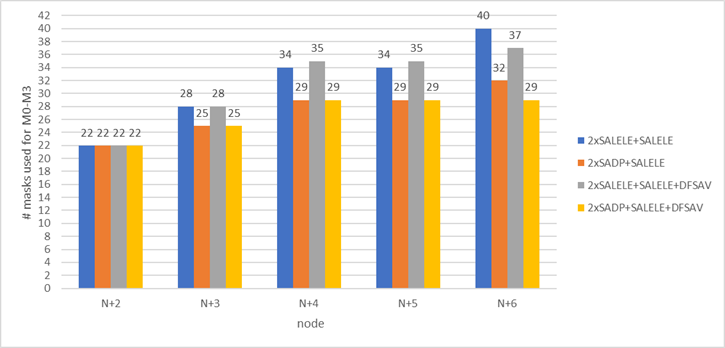
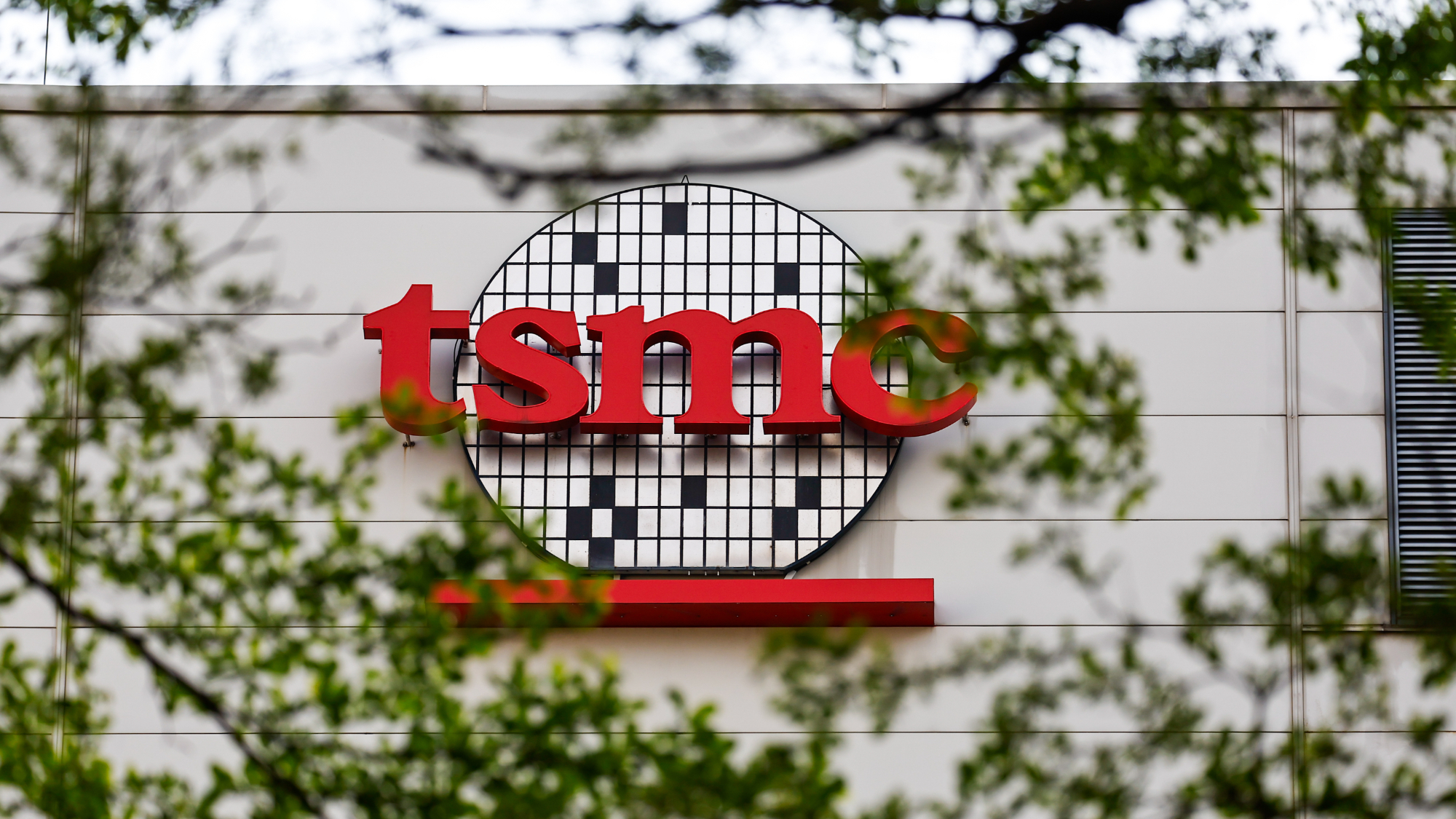
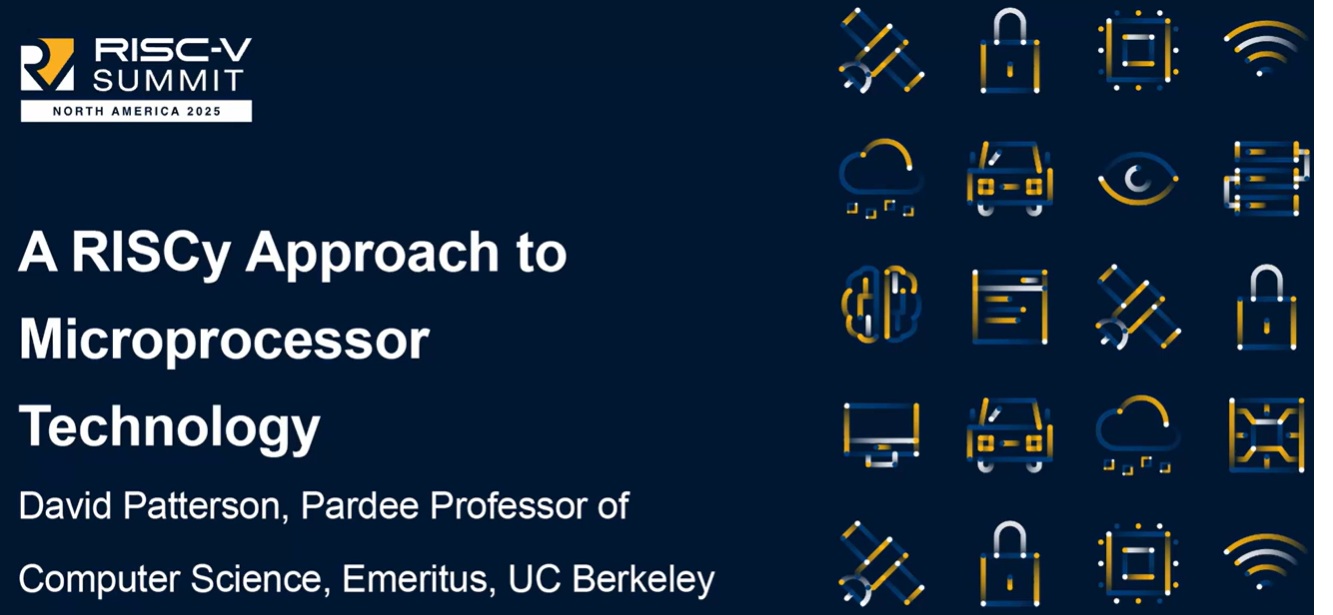
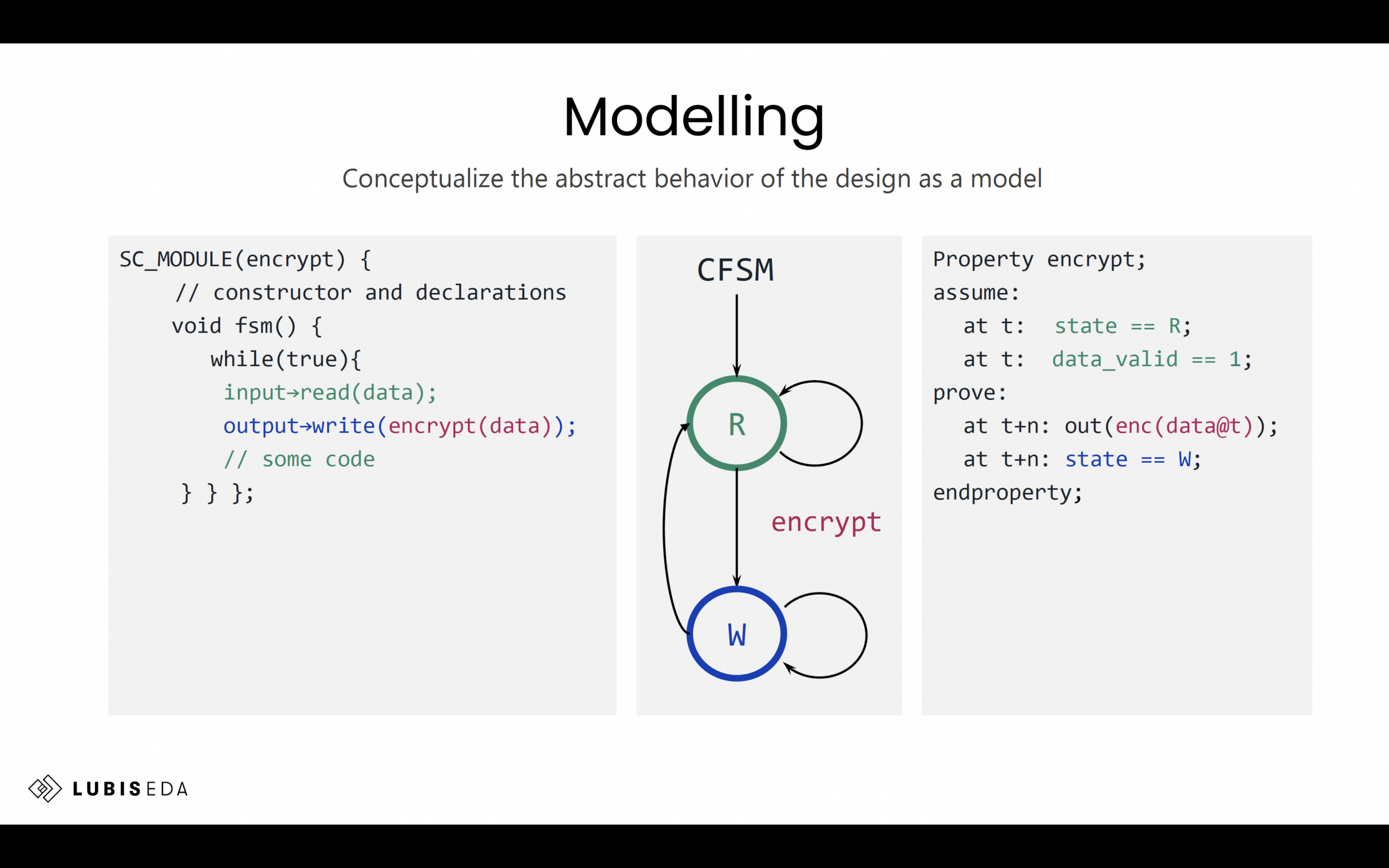

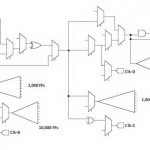

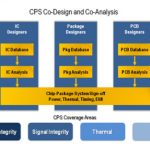

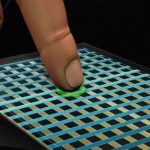



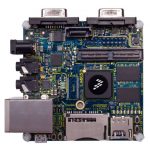

Quantum Computing Technologies and Challenges